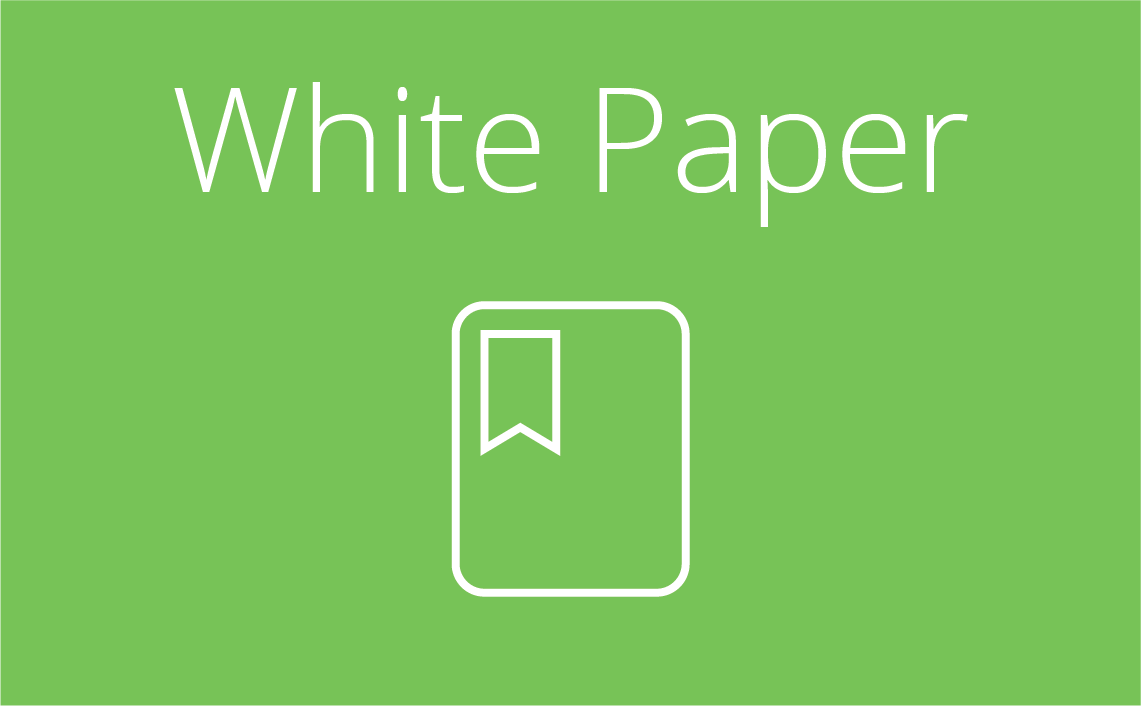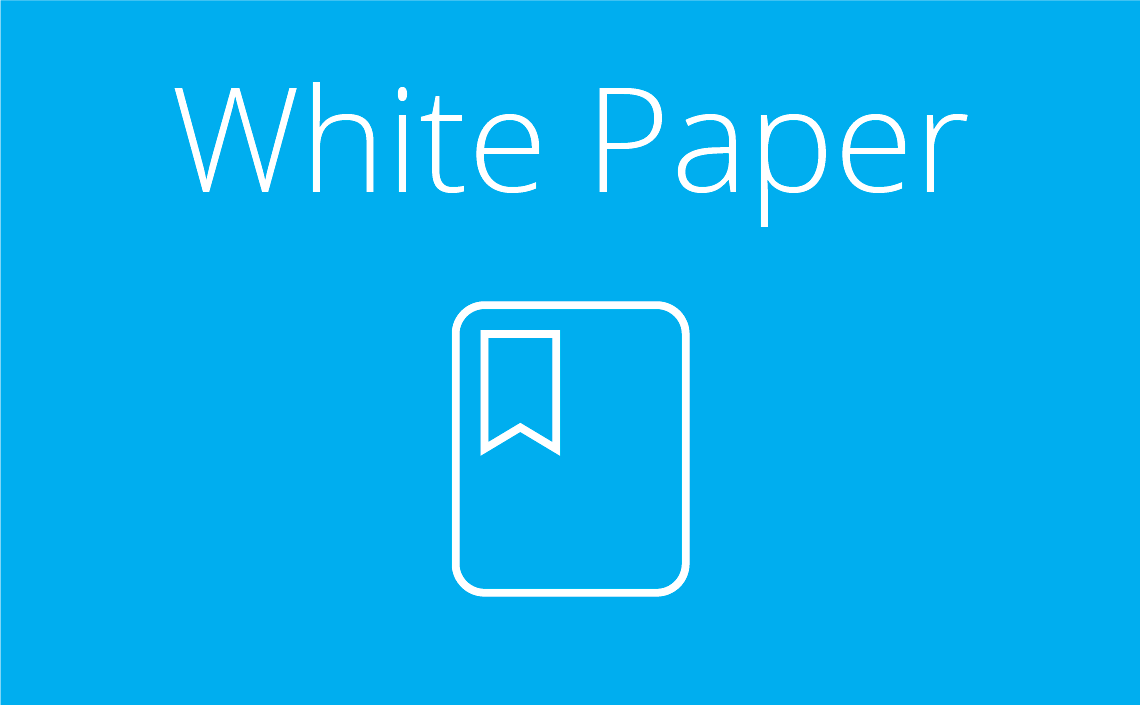White Papers
The Praxis Charting Manifesto
Cutting the Gordian Knot: Why the current approach to charting medicine makes no
sense in the age of computers, and how the Praxis Concept Processor resolves this
problem by using AI that learns to chart from you.
Are you still charting as we did in the 20th Century? If you get the sense that you are
wasting your life charting, then this paper is for you.
Praxis Practice Clinical Practice Guidelines and Queries
Praxis Electronic Medical Records (EMR), based on the unique technology called Concept Processing, released a fundamentally new and far-reaching approach to the management of Clinical Practice Guidelines and Queries. We present a far superior method of Clinical Guidelines and Queries than those found in template-based systems. This technical paper outlines the limitations of the current template approach for both Clinical Practice Guidelines, Queries, and Interoperability, and describes this alternative new technology we believe will revolutionize the practice of medicine.
Praxis EMR Datum+
The new Praxis Datum+ engine presents a superior method in which discrete data is gathered from EMRs. Praxis Datum+ allows you to use free text written in any language to seamlessly create, store, and share any clinical data. So, you now have unlimited query of discrete data within free text. This is exactly what satisfies all CMS, MACRA, Physician Quality Reporting Initiatives (PQRI), Pay For Performance (P4P) programs, and evidence based medicine recommendations. Praxis EMR allows you to participate in any reporting program you wish. But, Praxis Datum+ does so without forcing you into rigid and cumbersome templates. Datum+ enables interoperability with regional and national Electronic Health Records without giving up the physician-focus of an Electronic Medical Record, and without wasting your time as invariably happens with template-based EHRs.
The Three R's of Medical Quality: Reminder, Record and Review
Incorporating clinical practice guidelines into EMR systems leads to improved quality of care.
Dr. Clayton Reynolds is a practicing endocrinologist and Medcial Quality Expert based in Victoria, B.C. He has worked extensively in the United States and Canada in ambulatory care clinics and hospitals. Dr. Reynolds has also served as Chair of Quality Improvement Committees in several hospitals and as Director of Medical Informatics for a group medical practice in California.
Concept Processing vs. Template-Based Electronic Medical Records
The critical part of the Electronic Medical Record is the interface between the EMR and the provider. This paper deals with a new technology for rapid and accurate data entry called "Concept Processing," and compares it with the use of templates, expert systems, voice recognition, and dictation transcription based EMR's. We conclude with a discussion of the many powerful features that an application based on Concept Processing can do, that other systems-in particular "templates"- cannot.
HIMSS Davies Awards, Dr. Jeremy Bradley.
Healthcare IT offers endless opportunities to vastly improve the quality, efficiency and profitability of your practice. Further, it makes practicing medicine more fulfilling than ever. It is our since hope that the ideas, steps and lessons learned in the case studies to follow will help you take your practice to a new level of medical quality and professional satisfaction.
Frost & Sullivan Technology Innovation Award
Frost & Sullivan's Technology Innovation Award is bestowed upon a company (or individual) that has carried out new research, which has resulted in innovation(s) that have or are expected to bring significant contributions to the industry in terms of adoption, change, and competitive posture. This award recognizes the quality and depth of a company's research and development program as well as the vision and risk-taking that enabled it to undertake such an endeavor.


